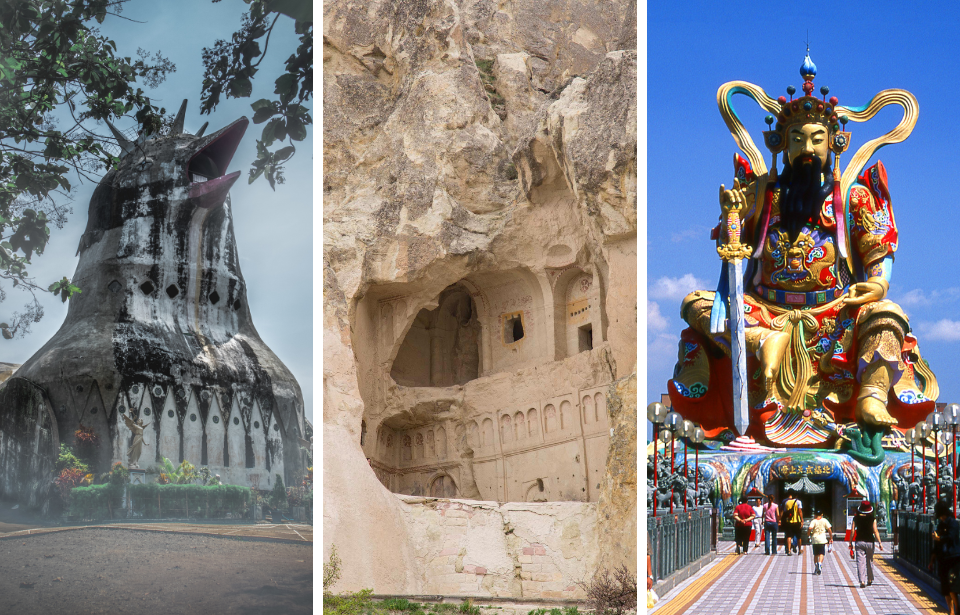Religious buildings are some of the most intricate and detailed architectural structures in the world. Sometimes, said architecture breaks norms and expands beyond the typical. This is a list of eight religious buildings from across the world that are each unique in their own way.
Chapel of Cartwheels – Manapla, Philippines
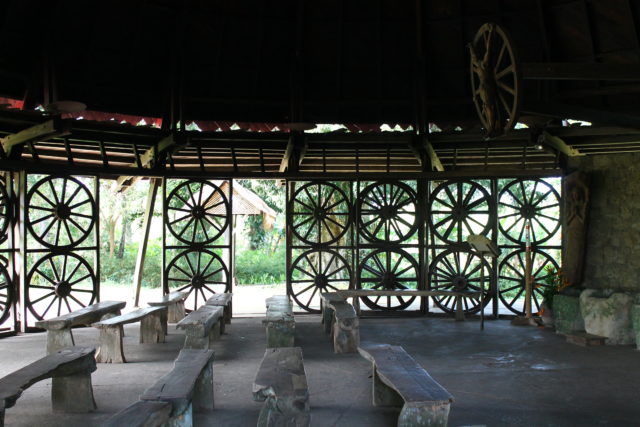
The Chapel of Cartwheels is located in Manapla, Philippines. The building is made almost entirely of repurposed materials from neighboring farms, with its defining feature being the rows of wooden cartwheels that stand in place of standard walls. There are even some with stained glass placed between the spokes.
Another notable feature is its conical roof, which spirals upward toward the sky. As well, the mats near the sliding doors feature 128 panels, which depict notable Biblical events. This unique design has leant the site to becoming a popular tourist location, with couple venturing to the Philippines for weddings at the chapel.
The man who built the structure, secular priest Msgr. Guillermo “Gigi” Gaston, constructed the building for local workers, and he viewed the cartwheel as a symbol of the Holy Trinity: God is represented by the center, Jesus Christ is the spokes and the Holy Spirit is shown through outer rim.
Lotus Lake Taoist Complex – Lotus Lake, Taiwan
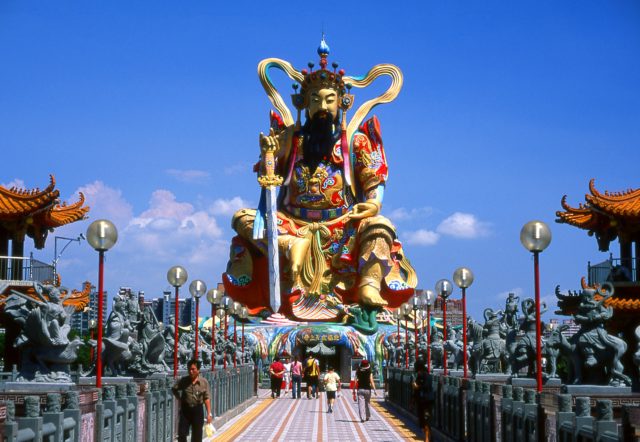
The Lotus Lake Taoist Complex is located in the Zuoying District of Kaohsiung City, Taiwan. It was built in 1953, just two years after the manmade lake was completed.
The complex is made up of multiple temple buildings, with the most notable being the Spring and Autumn Pavilions, divided by a statue of the Goddess of Mercury riding a dragon, and two pagodas known as the Dragon and Tiger Pagoda Towers, which force visitors to enter the temple through the mouths of their respective creatures.
At the end of the complex stands a large statue dedicated to the Taoist god, Xuan Tian Shang Di. It stands at over 70 meters high and is made of cement grouting. The god holds a seven-star sword, which stands at a height of 30 meters.
Inflatable Church – Anywhere
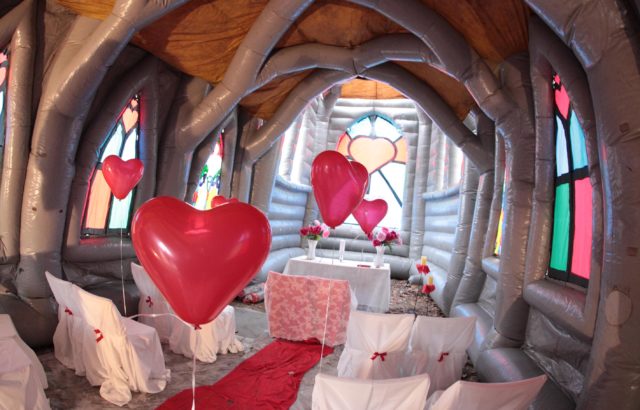
The Inflatable Church is exactly what you think it is: a portable religious building reminiscent of a bouncy castle. The church is comprised of two sections, with a tower that measures 12 meters in height and a house. There’s even faux stained glass windows to give it a more realistic feel and airbrushed artwork similar to those seen in traditional churches.
In just two hours, the church can be inflated to full size and can be taken down in one. It allows couples to get married on the fly, and is also available for hire for other celebrations, including Valentine’s Day and Christmas. What’s more, it achieved the 2004 world record for the largest inflatable church.
If you need a church at your next event, this inflatable structure is sure to provide lasting memories.
Schneekirche – Bavaria, Germany
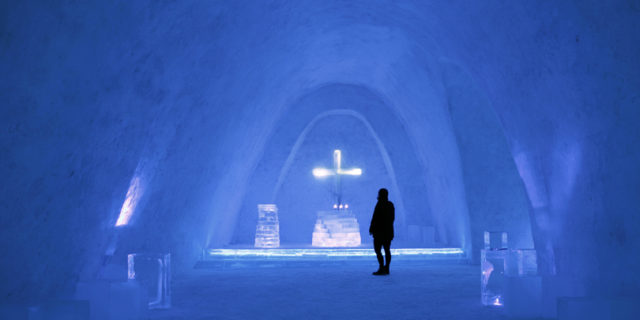
Also known as the “Snow Church in the Bavarian Forest,” the Schneekirche was built to honor the ancestors who, in 1911, built their own snowy religious structure in protest of church officials who’d refused to provide money to construct a permanent structure. The snowy building gained acclaim across Europe, and, before long, the local community was donated enough money to build a stone church.
The snow church constructed in 2011 took on a unique shape, with a rounded roof and walls that made it look like a tunnel. Constructed with over 1,000 tons of snow and ice, the Schneekirche was 26 meters long, 11 meters wide and featured a tower measuring 17 meters in height. Quite large in size, it could house 190 people.
Koukokuji Buddhist Temple – Tokyo, Japan
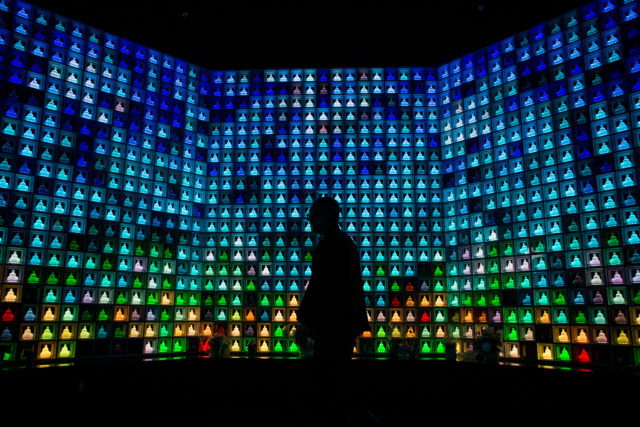
The Koukokuji Buddhist Temple is located in Shinjuku, Tokyo, Japan, and is home to 2,046 small altars. Each has a small drawer that holds the ashes of the deceased, and above them sit small crystal Buddha illuminated in colorful light. From the outside, the structure is an unsuspecting temple. Inside, however, the thousands of statues give an almost futuristic feeling.
Families may visit their loved ones stored at the columbarium, but there are no memorial plaques to guide them to their altars. Instead, a smart card lights up the corresponding Buddha. After 33 years of storage in the temple, the ashes of the deceased are transferred to beneath the structure.
Shāh Chérāgh – Shiraz, Iran
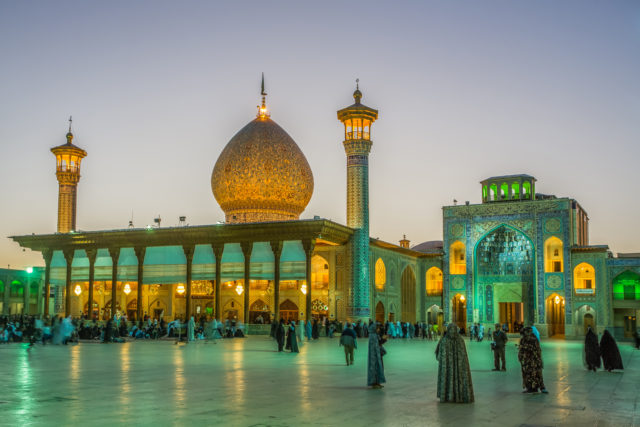
Inside the Shāh Chérāgh Mosque in Iran, millions of small mirrors line the walls and ceilings to reflect the light coming off of the grand chandeliers installed throughout. The building became a pilgrimage center in the 14th century, and is the tomb of Ahmed bin Musa, the brother of Islam’s Imam Reza. Given this, it is the third most-important mosque in Shia Islam in the country.
While the interior is breathtaking, the exterior is also grand and beautiful, with a large pavilion and bright colors. It’s arguably the most ornate location on our list, as well as one of the most historic.
Cave churches – Turkey
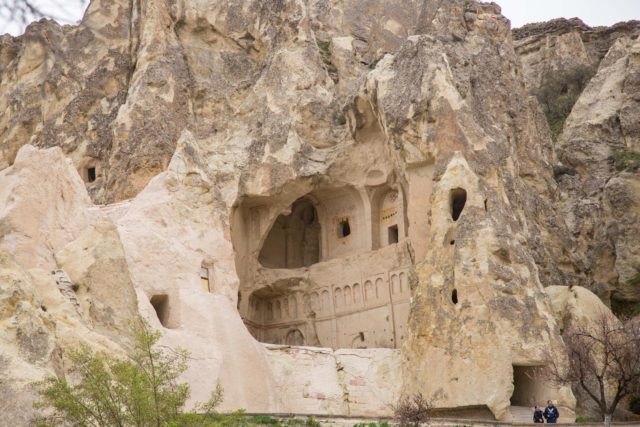
In Cappadocia, Turkey, there are hundreds of caves that have been carved out and turned into monasteries and churches. Created by Byzantine Christians as far back as the ninth and 10th centuries, the churches are not only works of art themselves, but their interiors are lined with painted frescos.
The most notable structure in Cappadocia is the Göreme Open Air Museum, which is home to over 10 cave churches. The area has been preserved as a UNESCO World Heritage Site, and remains open for tourists to marvel at.
Gereja Ayam – Central Java, Indonesia
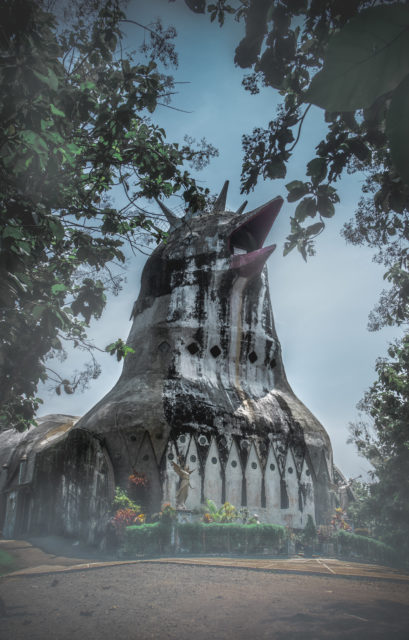
Emerging from the forests in Central Java, Indonesia is a structure shaped like a massive chicken. Officially called the Gereja Ayam and more commonly referred to as the “Chicken Church,” it was initially intended to resemble a dove atop a hill.
The religious structure was designed by Daniel Alamsjah, who claimed to have been inspired by God to construct a prayer house. While a Christian himself, he envisioned the building to be a welcoming place for all, regardless of the religion they followed.
More from us: Winston Churchill Planned Britain’s Wartime Strategy In the Cabinet War Rooms
Construction occurred in the 1990s, and was met with both a lack of funding and resistance from locals. The building spans over 31,500 square feet and was made from basic materials, such as cement, bricks and scrap metal. After work on it was abandoned in 2000, the Gereja Ayam was left to become overgrown with forest foliage.
